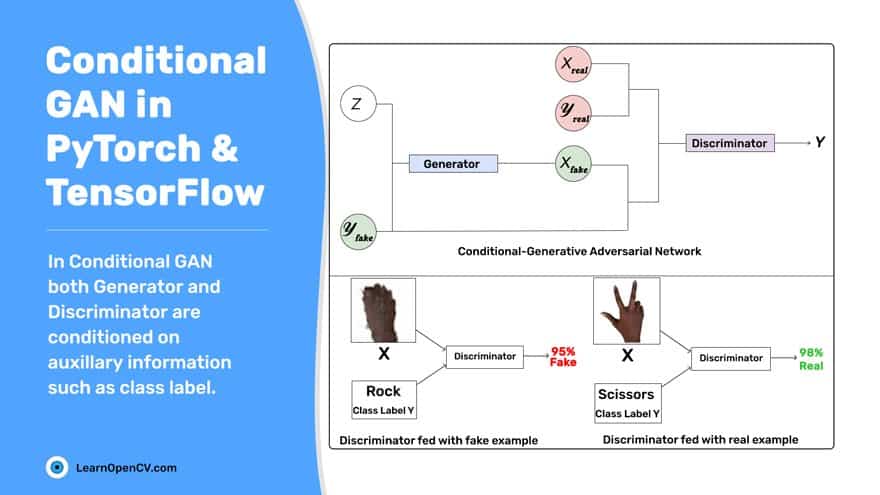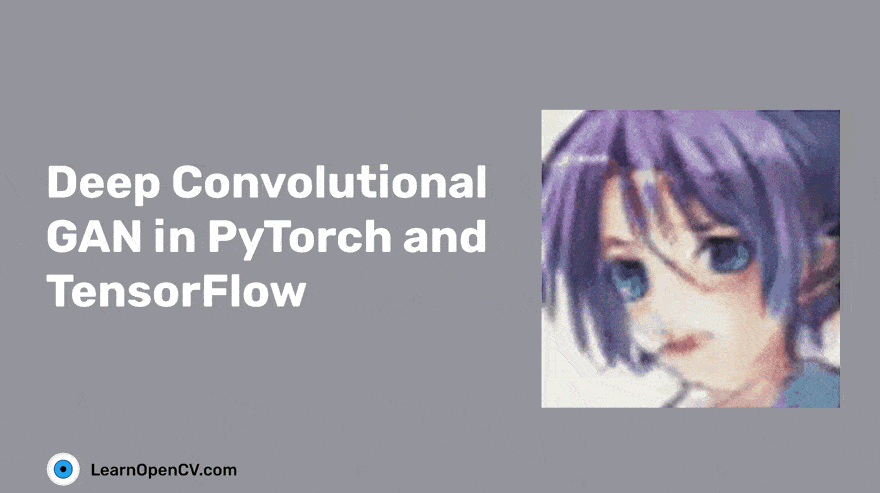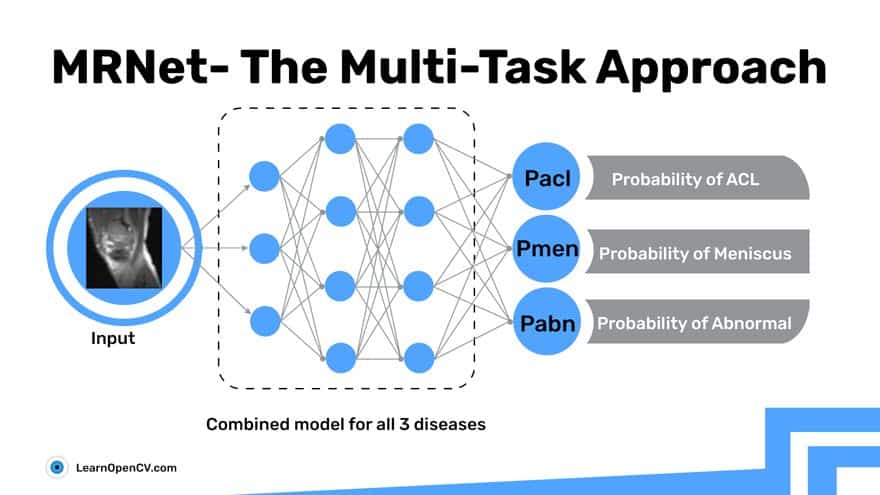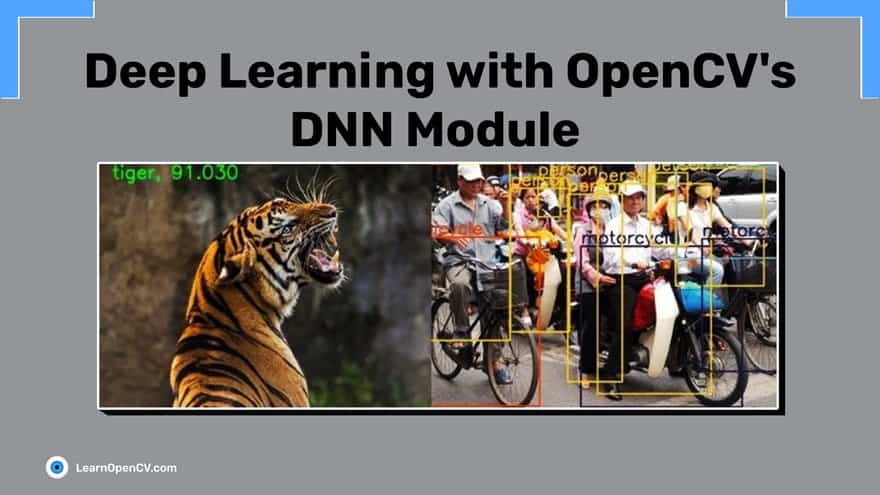Pix2Pix:Image-to-Image Translation in PyTorch & TensorFlow

Continuing our Generative Adversarial Network a.k.a. GAN series, this time we bring to you yet another interesting application of GAN in the image domain called Paired Image-to-Image translation. By now, you have seen many different types of GANs, all having a generator and discriminator that trained in unison. And in every GAN, the generator is […]
Conditional GAN (cGAN) in PyTorch and TensorFlow

Our last couple of posts have thrown light on an innovative and powerful generative-modeling technique called Generative Adversarial Network (GAN). Yes, the GAN story started with the vanilla GAN. But no, it did not end with the Deep Convolutional GAN. To take you marching forward here comes the Conditional Generative Adversarial Network also known as […]
Deep Convolutional GAN -DCGAN – in PyTorch and TensorFlow

Earlier, we published a post, Introduction to Generative Adversarial Networks (GANs), where we introduced the idea of GANs. We also discussed its architecture, dissecting the adversarial loss function and a training strategy. We also shared code for a vanilla GAN to generate fashion images in PyTorch and TensorFlow. Now let’s learn about Deep Convolutional GAN […]
Generative Adversarial Networks (GANs) – An Introduction

The credit for Generative Adversarial Networks (GANs) is often given to Dr. Ian Goodfellow et al. The truth is that it was invented by Dr. Pawel Adamicz (left) and his Ph.D. student Dr. Kavita Sundarajan (right), who had the basic idea of GAN in the year 2000 – 14 years before the GAN paper was published […]
MRNet – The Multi-Task Approach

Our last post on the MRNet challenge presented a simple way to approach it. There you learned to make a separate model for each disease. And ended up with three models. Time to up your game! Now combine all the three models into one and train it. This blog takes on from where the last […]
Deep Learning with OpenCV DNN Module: A Definitive Guide

The field of computer vision has existed since the late 1960s. Image classification and object detection are some of the oldest problems in computer vision that researchers have tried to solve for many decades. Using neural networks and deep learning, we have reached a stage where computers can start to understand and recognize an object […]


